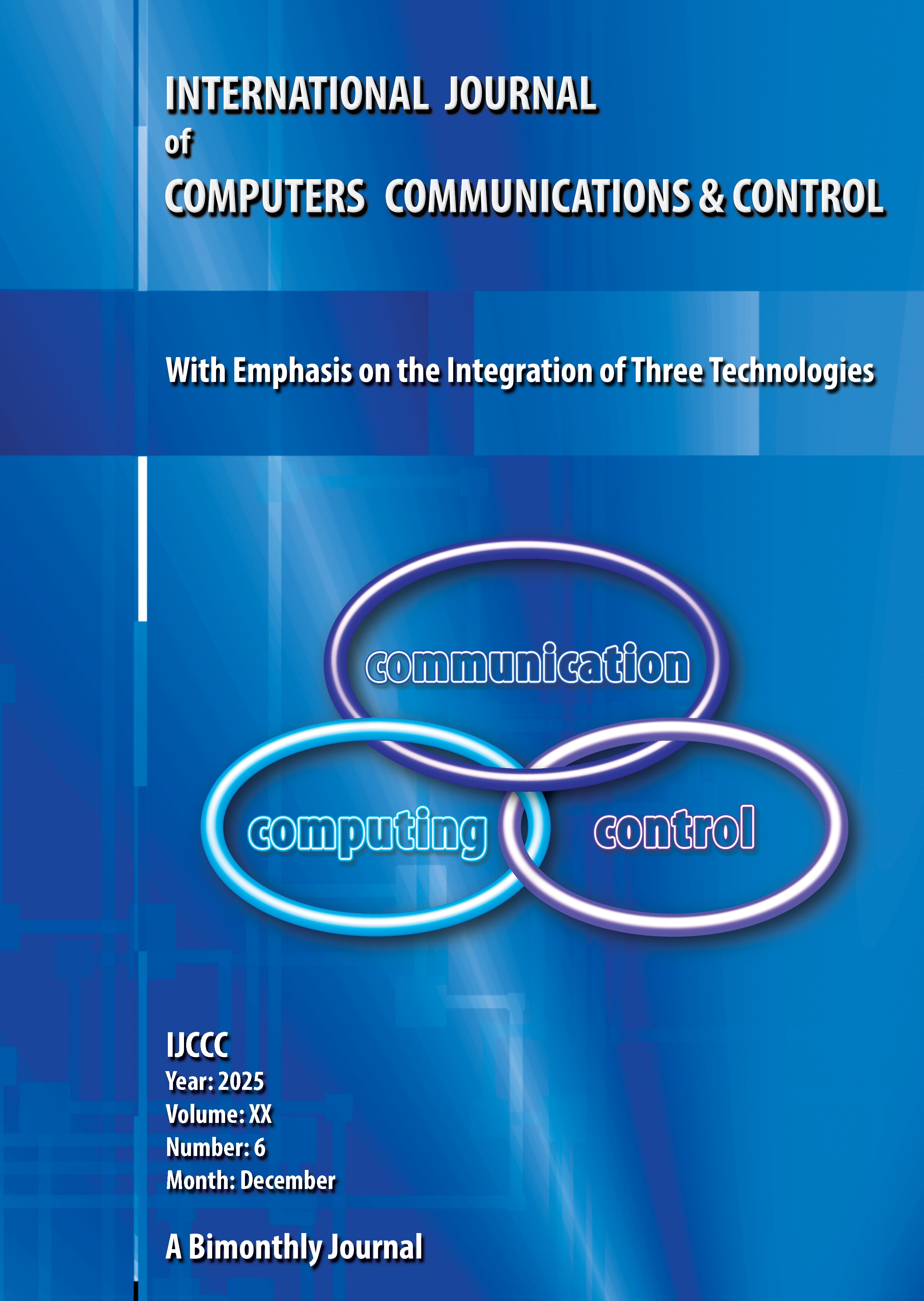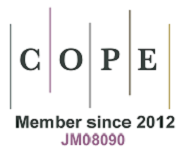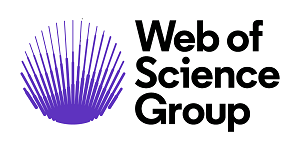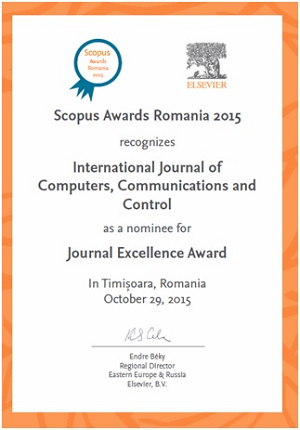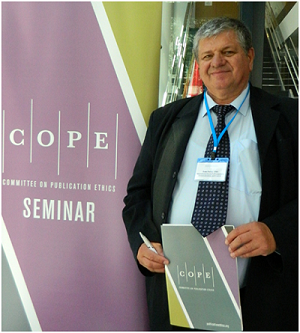A Hybrid Deep Learning Model for Water Quality Prediction: GS-EHHO-CNN-BiLSTM Applied to the Yellow River Basin
DOI:
https://doi.org/10.15837/ijccc.2025.6.6908Keywords:
water quality prediction, GS-EHHO, CNN-BiLSTMAbstract
Accurate prediction of water quality is critical for sustainable water resource management, particularly in complex hydrological environments such as the Yellow River Basin. However, existing predictive models often face limitations in capturing complex spatio-temporal features and efficiently optimizing hyperparameters. To address these gaps, this study proposes a hybrid deep learning model integrating Grid Search (GS), an Enhanced Harris Hawks Optimization (EHHO) algorithm, a Convolutional Neural Network (CNN), and Bidirectional Long Short-Term Memory (BiLSTM)—named GS-EHHO-CNN-BiLSTM. Specifically, the model utilizes CNN to effectively extract spatial correlations and BiLSTM to accurately capture temporal dependencies. Additionally, the combined GS-EHHO approach ensures optimal hyperparameter selection, significantly enhancing model performance. Empirical results obtained from extensive testing on water quality datasets collected across multiple monitoring stations in the Yellow River Basin demonstrate that the GS-EHHO-CNN-BiLSTM model outperforms traditional and recently proposed deep learning models, delivering superior predictive accuracy and robustness. The study highlights important practical implications: policymakers and water management institutions can adopt this hybrid model as a reliable tool for proactive water quality monitoring and decision-making, thereby supporting effective management and protection of water resources.
References
Abd, M.H.; Al-Ani, Y.; Allawi, M.F. (2025). Applications of artificial intelligence methods for irrigation water quality index: Review, International Journal of Design & Nature and Ecodynamics, 20(1), 187–196. https://doi.org/10.18280/ijdne.200120
Chen, Y.P.; Fu, B.J.; Zhao, Y.; Wang, K.B.; Zhao, M.M.; Ma, J.F.; Wang, H. (2020). Sustainable development in the Yellow River Basin: Issues and strategies, Journal of Cleaner Production, 263, 121223. https://doi.org/10.1016/j.jclepro.2020.121223
Cao, X.; Zhang, J.; Meng, H.; Lai, Y.; Xu, M. (2023). Remote sensing inversion of water quality parameters in the Yellow River Delta, Ecological Indicators, 155, 110914. https://doi.org/10.1016/j.ecolind.2023.110914
Chai, N.; Yi, X.; Xiao, J.; Liu, T.; Liu, Y.; Deng, L.; Jin, Z. (2021). Spatiotemporal variations, sources, water quality and health risk assessment of trace elements in the Fen River, Science of the Total Environment, 757, 143882. https://doi.org/10.1016/j.scitotenv.2020.143882
Parmar, K.S.; Bhardwaj, R. (2014).Water quality management using statistical analysis and timeseries prediction model, Applied Water Science, 4(4), 425–434. https://doi.org/10.1007/s13201-014-0159-9
Tan, W.; Zhang, J.; Wu, J.; Lan, H.; Liu, X.; Xiao, K.; Wang, L.; Lin, H.J.; Sun, G.; Guo, P. (2022). Application of CNN and long short-term memory network in water quality predicting, Intelligent Automation & Soft Computing, 34(3), 1943–1958. https://doi.org/10.32604/iasc.2022.029660
Bi, J.; Zhang, L.; Yuan, H.; Zhang, J. (2023). Multi-indicator water quality prediction with attention-assisted bidirectional LSTM and encoder-decoder, Information Sciences, 625, 65–80. https://doi.org/10.1016/j.ins.2022.12.091
Wang, J.; Zhang, L.; Zhang, W.; Wang, X. (2019). Reliable model of reservoir water quality prediction based on improved ARIMA method, Environmental Engineering Science, 36(9), 1041– 1048. https://doi.org/10.1089/ees.2018.0279
Nematollahi, Z.; Sanayei, H.R.Z. (2023). Developing an optimized groundwater exploitation prediction model based on the Harris hawk optimization algorithm for conjunctive use of surface water and groundwater resources, Environmental Science and Pollution Research, 30(6), 16120– 16139. https://doi.org/10.1007/s11356-022-23224-0
Wang, K.; Liu, L.; Ben, X.; Jin, D.; Zhu, Y.; Wang, F. (2024). Hybrid deep learning based prediction for water quality of plain watershed, Environmental Research, 262, 119911. https://doi.org/10.1016/j.envres.2024.119911
Senthilkumar, D.; George Washington, D.; Reshmy, A.K.; Noornisha, M. (2022). Multi-task learning framework for predicting water quality using non-linear machine learning technique, Journal of Intelligent & Fuzzy Systems, 42(6), 5667–5679. https://doi.org/10.3233/JIFS-212117
Zou, Q.; Xiong, Q.; Li, Q.; Yi, H.; Yu, Y.; Wu, C. (2020). A water quality prediction method based on the multi-time scale bidirectional long short-term memory network, Environmental Science and Pollution Research, 27, 16853–16864. https://doi.org/10.1007/s11356-020-08087-7
Aslam, B.; Maqsoom, A.; Cheema, A.H.; Ullah, F.; Alharbi, A.; Imran, M. (2022). Water quality management using hybrid machine learning and data mining algorithms: An indexing approach, IEEE Access, 10, 119692–119705. https://doi.org/10.1109/ACCESS.2022.3221430
Aslam, B.; Maqsoom, A.; Cheema, A.H.; Ullah, F.; Alharbi, A.; Imran, M. (2022). Water quality management using hybrid machine learning and data mining algorithms: An indexing approach, IEEE Access, 10, 119692–119705. https://doi.org/10.1109/ACCESS.2022.3221430
Bui, D.T.; Khosravi, K.; Tiefenbacher, J.; Nguyen, H.; Kazakis, N. (2020). Improving prediction of water quality indices using novel hybrid machine-learning algorithms, Science of the Total Environment, 721, 137612. https://doi.org/10.1016/j.scitotenv.2020.137612
Wang, Y.; Wang, X.; Li, C.; Wu, F.; Yang, Z. (2015). Spatiotemporal analysis of temperature trends under climate change in the source region of the Yellow River, China, Theoretical and Applied Climatology, 119, 123–133, 2015. https://doi.org/10.1007/s00704-014-1112-4
Quan, J.; Xu, Y.; Ma, T.; Wilson, J.P.; Zhao, N.; Ni, Y. (2022). Improving surface water quality of the Yellow River Basin due to anthropogenic changes, Science of the Total Environment, 836, 155607, 2022. https://doi.org/10.1016/j.scitotenv.2022.155607
Cabello-Solorzano, K.; Ortigosa de Araujo, I.; Peña, M.; Correia, L.; Tallón-Ballesteros, A.J. (2023). The impact of data normalization on the accuracy of machine learning algorithms: A comparative analysis, In International Conference on Soft Computing Models in Industrial and Environmental Applications, Switzerland, pp. 344–353, 2023. https://doi.org/10.1007/978-3-031-42536-3_33
Singh, D.; Singh, B. (2020). Investigating the impact of data normalization on classification performance, Applied Soft Computing, 97, 105524, 2020. https://doi.org/10.1016/j.asoc.2019.105524
Alfwzan, W.F.; Selim, M.M.; Almalki, A.S.; Alharbi, I.S. (2024). Water quality assessment using Bi-LSTM and computational fluid dynamics (CFD) techniques, Alexandria Engineering Journal, 97, 346–359, 2024. https://doi.org/10.1016/j.aej.2024.04.030
Narayanan, L.K.; Sankaranarayanan, S.; Rodrigues, J.J.; Kozlov, S. (2020). Water demand forecasting using deep learning in IoT-enabled water distribution network: DL-water demand forecasting for water distribution design, International Journal of Computers Communications & Control, 15(6), 3977, 2020. https://doi.org/10.15837/ijccc.2020.6.3977
Guo, Z.; Gai, R.; Qin, S.; Wang, P. (2023). CNN-BiLSTM for water quality prediction method based on attention mechanism, In 2023 IEEE Smart World Congress (SWC), Portsmouth, United Kingdom, pp. 1–6, 2023. https://doi.org/10.1109/SWC57546.2023.10448856
Wu, M.; Blancaflor, E.B.; Ren, F.; Wang, Y.; Dong, T. (2024). Enhanced water quality prediction in the Yellow River basin: The application of the HHO-LSTM model, International Journal of Online & Biomedical Engineering, 20(5), 48225, 2024. https://doi.org/10.3991/ijoe.v20i05.48225
Jiang, Q.; Guo, W.; Wang, Z.; Wu, Y.; Zhao, Y.; Tao, M.; Sun, Y. (2024). Forecasting regional water demand using multi-fidelity data and Harris Hawks optimization of generalized regression neural network models – A case study of Heilongjiang Province, China, Journal of Hydrology, 634, 131084, 2024. https://doi.org/10.1016/j.jhydrol.2024.131084
Wu, M.; Blancaflor, E.B. (2024). Research on watershed water quality classification prediction based on WOA-CNN-GRU model, In E3S Web of Conferences, EDP Sciences, 580, 01007, 2024. https://doi.org/10.1051/e3sconf/202458001007
Additional Files
Published
Issue
Section
License
Copyright (c) 2025 Minning Wu, Eric B. Blancaflor

This work is licensed under a Creative Commons Attribution-NonCommercial 4.0 International License.
ONLINE OPEN ACCES: Acces to full text of each article and each issue are allowed for free in respect of Attribution-NonCommercial 4.0 International (CC BY-NC 4.0.
You are free to:
-Share: copy and redistribute the material in any medium or format;
-Adapt: remix, transform, and build upon the material.
The licensor cannot revoke these freedoms as long as you follow the license terms.
DISCLAIMER: The author(s) of each article appearing in International Journal of Computers Communications & Control is/are solely responsible for the content thereof; the publication of an article shall not constitute or be deemed to constitute any representation by the Editors or Agora University Press that the data presented therein are original, correct or sufficient to support the conclusions reached or that the experiment design or methodology is adequate.
